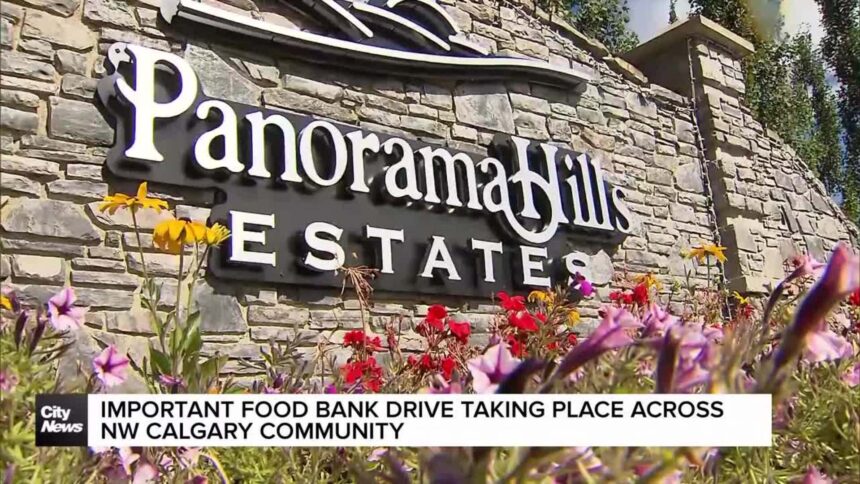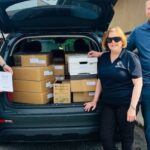In a remarkable display of community solidarity, thousands of Calgarians stepped up this weekend for the annual Red Bag Food Drive, transforming ordinary neighborhoods into hubs of generosity across the city. The campaign, which has become a cornerstone of Calgary’s fight against food insecurity, saw unprecedented participation as red bags appeared on doorsteps throughout northwest Calgary and beyond.
“What began as a neighborhood initiative has evolved into one of our most critical annual food collection events,” explains Melissa Harrington, Calgary Food Bank’s community engagement director. “This year’s response is particularly significant as we’ve seen a 28% increase in food bank usage since last year.”
The distinctive red bags, distributed to homes weeks before the collection date, served as both practical collection tools and powerful visual reminders of the ongoing need in communities. Volunteers reported extraordinary generosity in certain neighborhoods, with some streets contributing nearly double last year’s donations.
The Calgary Food Bank reports that summer months typically bring donation slumps while family needs often increase when school nutrition programs pause. This timing makes the Red Bag campaign particularly valuable, helping to stock shelves during a traditionally challenging period.
“We’re seeing donations from people across all economic circumstances,” notes volunteer coordinator James Wilson. “Some bags contain just a few items from those giving what they can, while others are filled to capacity—every contribution matters in this effort.”
The campaign’s efficiency stems from its neighborhood-based collection system. Volunteers from local schools, community associations, and businesses fan out across assigned areas to collect the red bags left on doorsteps, bringing them to central sorting stations before transportation to the food bank’s main facility.
This year’s drive introduced digital innovations, including an online tracking system allowing residents to monitor collection progress in real-time and identify areas where volunteers might need additional support. The technology helped optimize routes and ensure no donations were missed.
“Food security isn’t just a poverty issue—it affects working families, seniors on fixed incomes, and individuals facing unexpected financial challenges,” explains Dr. Amanda Torres, social policy researcher at the University of Calgary. “Events like the Red Bag Drive help destigmatize food support while addressing immediate community needs.”
The campaign collected an estimated 87 tonnes of non-perishable food items, which food bank officials indicate will help support operations for approximately six weeks. Most-needed items including protein sources, whole grain products, and canned vegetables made up the majority of donations.
Behind the scenes, corporate partners provided logistical support, with several local transportation companies donating trucks and drivers to move collected food to central processing locations. Community centers transformed into temporary sorting facilities where volunteers categorized donations based on type and expiration dates.
“What makes this campaign different is its integration into community life,” notes long-time volunteer Sarah Leung. “It’s become something Calgarians expect and prepare for—marking their calendars and setting aside items throughout the year.”
As Calgary continues to navigate economic uncertainties and rising living costs, community initiatives like the Red Bag Food Drive represent critical supplements to institutional support systems. The question remains: can this model of neighborhood-based giving be expanded to address other pressing social needs beyond food security?
























